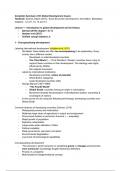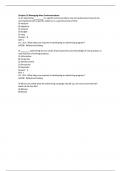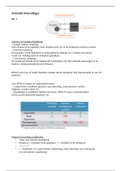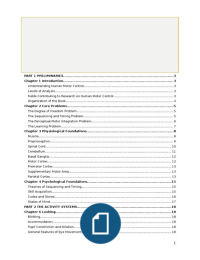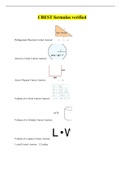WHICH THERAPY
WORKS BEST?
23.10.2018
, 1. Pretest - t-tests
A) Assumptions
Normality. All three different groups exist out of sixty or more participants, so the
samples are all larger than n = 20. Also, the sizes of the groups do not vary much because
nmax : nmin < 1.5, which makes the t-test robust against violation of this assumption.
Homogeneity of variance. To check the assumption of homogeneity of variance of the
t-tests, Levene’s tests were conducted. The first test between the two education groups on the
pretest showed equal variances, F(1, 181) = 1.24, p = > .05. The second test comparing the
three therapy groups on pretest also showed equal variances, F(2, 181) = .58, p = > .05. The
Levene’s tests were non-significant which means that homogeneity of variance can be
assumed.
Independence. This assumption is a matter of design whether the observations are
completely independent from each other. There is no reason to assume that this is not the case
so there is no reason to reject the assumption of independence.
B) T-tests
Four independent-samples t-tests were performed to compare the two education groups on the
pretest and to compare the three “Therapy” groups on the pretest.
First, there was found a significant difference on the pretest, t(181) = -2.09, p < .05 in
the scores for a low education level (M = 60.23, SD = 1.55) and a high education level (M =
65,07, SD = 1.72). This means that on average participants from the high education group
reported being more satisfied with their lives before the therapy than participants from the
low education group. The difference represents a small effect, r = .15.
Second, the independent-samples t-test examining the cognitive therapy group (M =
62.48, SD = 14.91) versus the behavioral therapy group (M = 65.10, SD = 16.95) on the
pretest gave a non-significant difference, t(119) = -.90, p > .05. The differences in means tell
us that participants of the cognitive therapy group reported being less satisfied with their lives
than the participants from the behavioral therapy group before either of the therapies had
started, but this difference was not significant. The difference represents a small effect, r
= .08.



